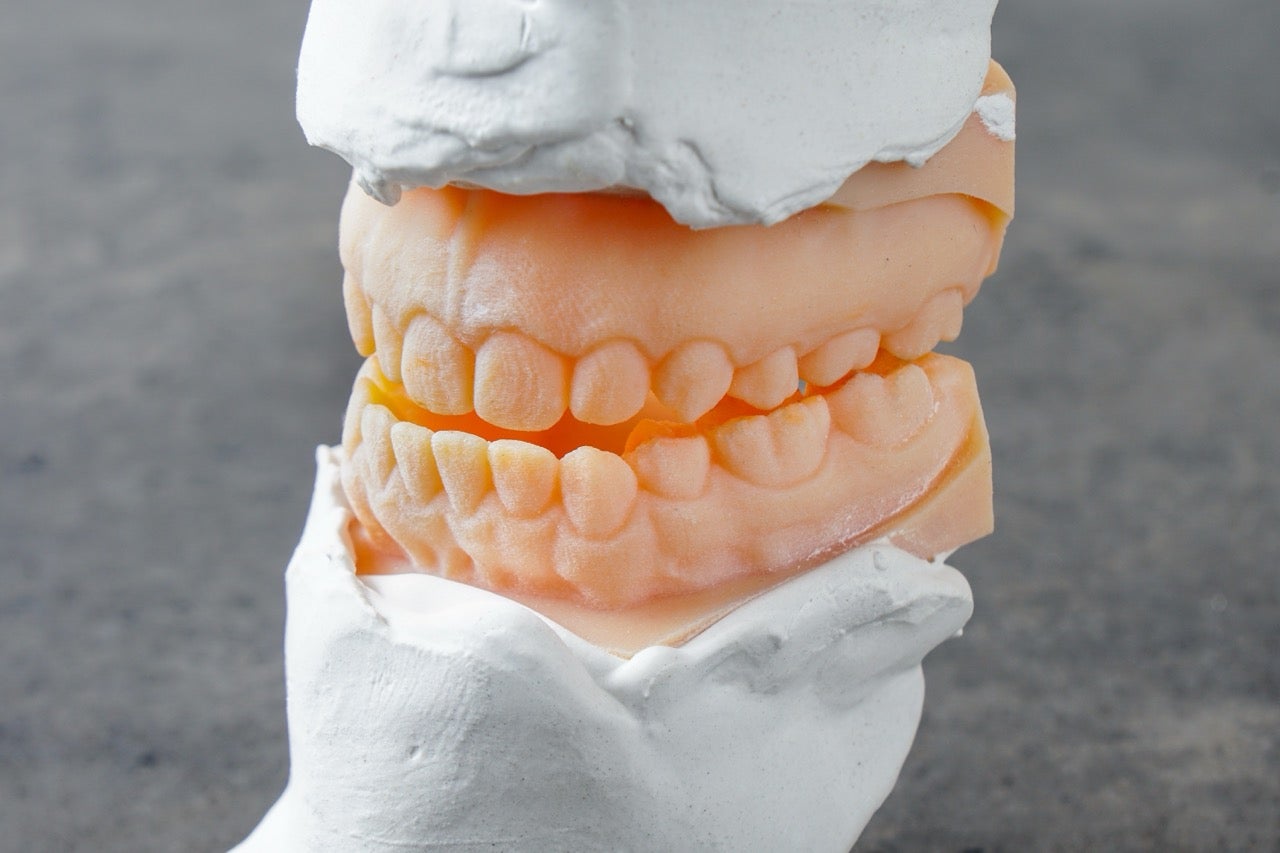Have you noticed something not quite right about your smile? Perhaps it’s that your teeth and jaws don’t line up correctly. If so, you may be suffering from an underbite.
What is an underbite? An underbite, or improper bite, occurs when your lower jaw protrudes beyond the upper jaw, leading to cosmetic concerns and functional difficulties, including issues with chewing and speaking. If left untreated, underbites can lead to more serious health issues such as temporomandibular joint (TMJ) disorders, heart and respiratory problems, and changes in facial appearance. Fortunately, Penn Dental Medicine uses the latest orthodontic treatments, technology, and equipment to fix underbite issues.
Treating Underbites: What You Need To Know
 Medically known as prognathism or malocclusion (bad bite), underbites are more common than many realize. Approximately 5-10% of the population experiences some form of malocclusion.
Medically known as prognathism or malocclusion (bad bite), underbites are more common than many realize. Approximately 5-10% of the population experiences some form of malocclusion.
Are there other types of malocclusions? Yes. These include:
Crossbite: One or more upper teeth bite inside the lower teeth. An anterior crossbite is when one or more upper front teeth are positioned behind the lower front teeth. A posterior crossbite is where the upper molars are positioned inside the lower molars.
Open Bite: The upper and lower teeth do not make contact when the mouth is closed.
Deep Bite: The upper front teeth significantly overlap the lower front teeth when the jaws are closed.
Causes of Underbites
Underbites can be caused by a variety of factors, including:
- Genetics: Many cases of underbites are hereditary and passed down through families.
- Early Childhood Habits: Prolonged thumb sucking, mouth breathing, or use of pacifiers can contribute to the development of an underbite.
- Jaw Growth Discrepancies: Uneven growth rates between the upper and lower jaws can lead to misalignment.
- Dental Issues: Losing baby teeth too early or late can affect the alignment of permanent teeth.
Health Implications of Underbites
 An underbite can pose more than just cosmetic concerns. Improper bite symptoms can also lead to health issues such as:
An underbite can pose more than just cosmetic concerns. Improper bite symptoms can also lead to health issues such as:
- Jaw Pain: Misalignment can lead to discomfort or disorders such as TMJ.
- Difficulty Eating: Chewing may become problematic, leading to digestive issues.
- Speech Challenges: The misalignment can cause issues with pronunciation and clarity.
- Social Anxiety: Individuals with underbites might avoid social situations, fearing judgment or ridicule. This can lead to an increased risk of developing depressive disorders.
- Wear on Teeth: Misaligned teeth may be worn unevenly, leading to further dental complications.
- Increased Injury Risk: Protruding teeth can increase the risk of accidents during sports involving physical contact.
- Changes in Facial Structure: An untreated underbite can alter the appearance over time.
- Heart and Respiratory Issues: Conditions like gum disease—which can be exacerbated by malocclusion—have been linked to heart disease and respiratory problems.
How Are Underbites Diagnosed?
The first step is to visit an orthodontist. During this visit, the orthodontist will:
- Review Medical History: They will ask about any family history of dental issues, past orthodontic treatments, and any current health problems that may affect treatment.
- Discuss Symptoms: Patients should share any symptoms they’re experiencing, such as discomfort when chewing, speech difficulties, or aesthetic concerns.
After this, the orthodontist will conduct a thorough examination, including a visual inspection of how the teeth fit together. They may also gently palpate around the jaw joints to check for signs of discomfort or irregular movement.
Next, the orthodontist will take X-rays, 3D images, or digital scans of the teeth, jaws, and skull. The orthodontist may also:
- Take bite registration impressions to analyze how the teeth come together and determine the degree of the underbite.
- Make a functional assessment of how the patient’s jaw moves and functions during various activities such as speaking and chewing.
Treatment Options for Underbites
There are several treatment options for underbites that vary based on severity and the age of the patient. Treatments include:
- Braces: Braces are made up of brackets bonded to each tooth connected by thin metal wire. Tiny rubber bands secure the wire to the brackets. Over time, braces apply consistent pressure that gradually moves teeth to their desired location.
- Clear Aligners: These are custom-made, removable plastic trays that gradually shift the teeth.
- Retainers: After braces or clear aligners, retainers may be needed to maintain alignment.
- Orthognathic Surgery: For severe cases, surgical intervention may be necessary to reposition the jaw.
- Teeth Extraction: In cases where overcrowding or misalignment is severe, removing certain teeth may create the necessary space for proper alignment.
- Palate Expanders: A palate expander is an orthodontic device that widens the upper jaw so that the upper and lower teeth fit together better.
 Which Underbite Treatment Option Is Best? Talk to a PDM Orthodontist
Which Underbite Treatment Option Is Best? Talk to a PDM Orthodontist
After meeting the patient and examining the misalignment, your Penn Dental Medicine orthodontist will determine which treatment option is right for the situation.
If you or someone you know is experiencing issues related to an underbite, don’t hesitate to take action. Making an appointment with Penn Dental Medicine’s orthodontics department is an excellent step toward improving oral and overall health and addressing cosmetic concerns caused by an underbite. Our experienced team ensures that every patient achieves a balanced and functional bite. Call 215-898-8965 or complete this form to schedule a visit today.




